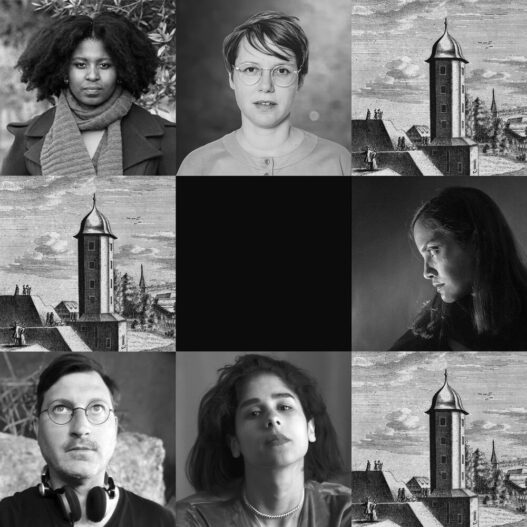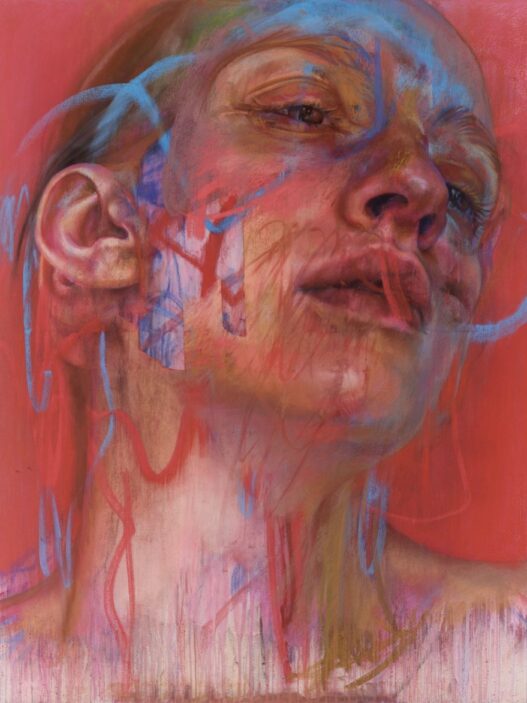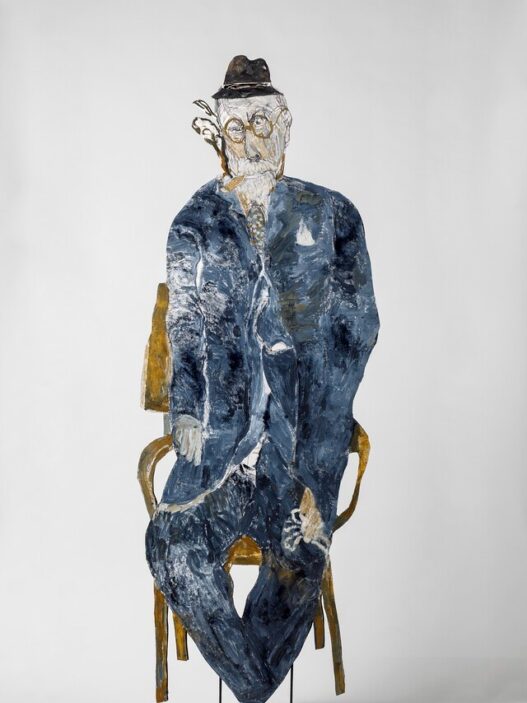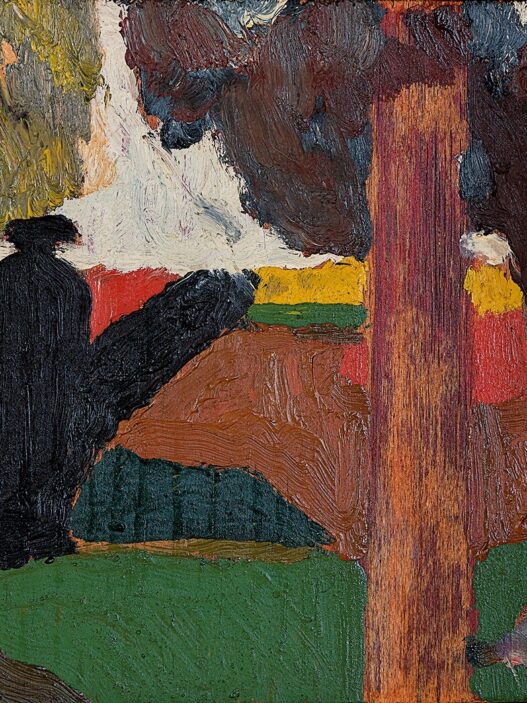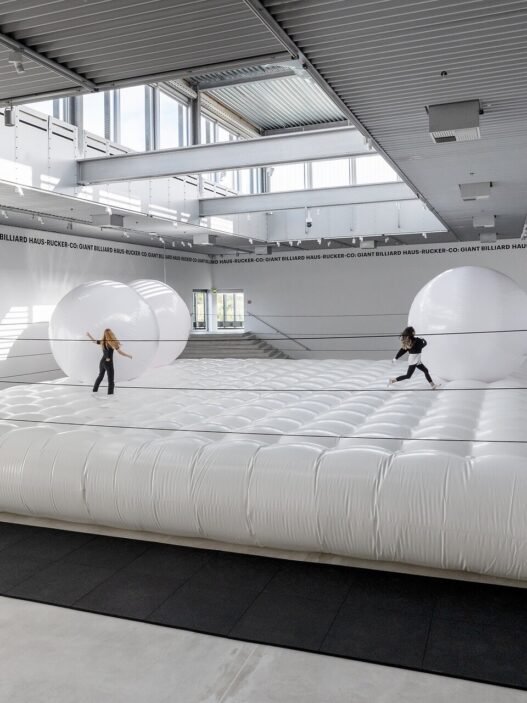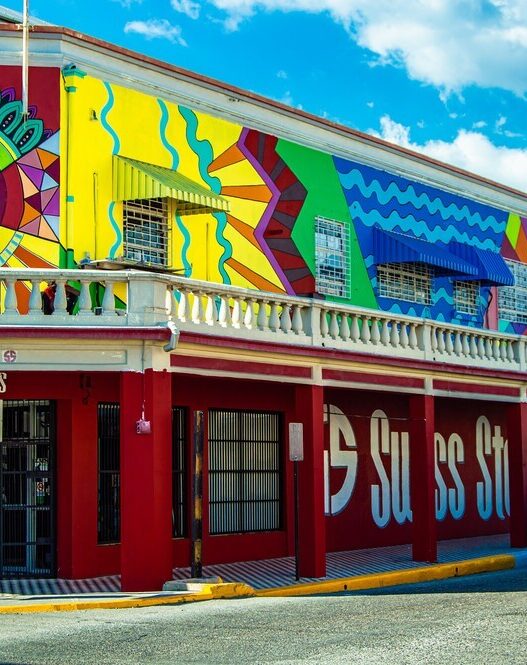October 21–November 27, 2022
Opening: October 21, 5–7pm
OTO Sound Museum presents the new sound project The Whistle by VACUT group in one of the oldest towers of Zurich.
The Whistle, a sound work, will bring Zurich’s historic water tower back to life, like an architectural flute concealed in the city’s urban fabric. This piece was created as a site-specific intervention by the VACUT collective (Voices Against Corruption and Ugly Trading), which was founded by Gilles Aubry and created in partnership with Ale Hop, Aya Metwalli, Gabi Motuba, and Sabina Leone. The voices of The Whistle will travel through the quiet body of the tower for the third project of OTO Sound Museum at the Wasserturm in Zurich, challenging the immediate and broader realities that we experience.
The construction Voice recordings are presented inside Zurich’s Wasserturm in The Whistle, which is heard throughout the surrounding area of the public space. The project aims to confront the affective cost of racial capitalism from a situated viewpoint and is informed by data leaks and NGO reports revealing Switzerland’s involvement in international money laundering, tax evasion, and exploitative mining of raw commodities. To do this, the VACUT Group (Voices Against Corruption and Ugly Trading) was established, bringing together sound producers and musicians from nations engaged in questionable trade with the alpine nation.
The use of voice in the piece serves as an embodiment of perceived social and environmental injustice. Each performer uses a variety of materials to explore their personal perceptions of corruption, land grabbing, human exploitation, and environmental destruction in their own nations. During recorded sessions, they improvise vocally in response to this experience. The vocals are combined with the Zürich ambient sound to form a music. The visitors see listening as a form of engagement, empathy, and responsibility as well as an opportunity to acknowledge one’s boundaries with regard to nearby and faraway reality.
As a phrase rebranded in the 1990s for marketing purposes, “Swissness” is generally linked with qualities like fairness, accuracy, dependability, political stability, naturalness, and cleanliness. The study further examines current audio representations of this concept. The Rolf Liebermann piece “Symphonie Les Echanges,” written for the 1964 Swiss national exhibition in an effort to acquaint the visitor to the interaction of the economy in a creative way, serves as an early example of Sonic Swissness. Another example is the Sound Tower that Andres Bosshard built for Expo.02 in Bienne. Bosshard’s Klangturm, which is essentially a streaming dispositive for an immersive audio experience, is the ideal paradigm for neoliberal soundscaping—smooth, consumer-focused, and depoliticized. Conversations on Sonic Swissness undoubtedly merit an update in light of the Responsible Business Initiative’s defeat by Swiss voters in 2020. It is essential that voices from Switzerland’s alliance partners be heard in this, as they can speak to the true human and environmental costs of Swiss prosperity.
VACUT Group members: Ale Hop (voice artist); Aya Metwalli (voice artist); Gabi Motuba (voice artist); Gilles Aubry (composer and project initiator); Sabina Leone (voice artist).
The project is curated by Zaira Oram.
A curatorial group called Zaira Oram specializes in interdisciplinary and experimental exhibitions. As part of her practice, she does research on visual, performing, and sound artists as well as builds networks across many academic fields. Her main areas of inquiry are border experiences, contemporary storytelling, and migration. Zaira Oram travels and changes who she is, maintaining an open persona. Francesca Ceccherini and Eleonora Stassi started the collective, and Chloé Dall’Olio, Camille Regli, and Elisa Bernardoni later joined.
A traveling museum, OTO Sound Museum creates, exhibits, and gathers sound works by contemporary artists from various origins, regions, and generations. On the platform, the museum was created digitally as a setting that was iconoclastic and had utopian architecture. Additionally, it is utilized to move between several locations in the real world while assuming multiple identities.
Opening: October 21, 5–7pm / 5pm: collective listening (Badweg 10, 8001 Zurich and Old Botanical garden).
October 21–November 27, 2022 / Listening hours: Monday–Sunday, 2–6pm (Badweg 10, 8001 Zurich and Old Botanical garden).
Workshop and soundwalk: October 22, 2pm (Badweg 10, 8001 Zurich and Old Botanical garden).
Wasserturm
Badweg 10
8001 Zürich
Switzerland
oto.museum
Instagram / Facebook









